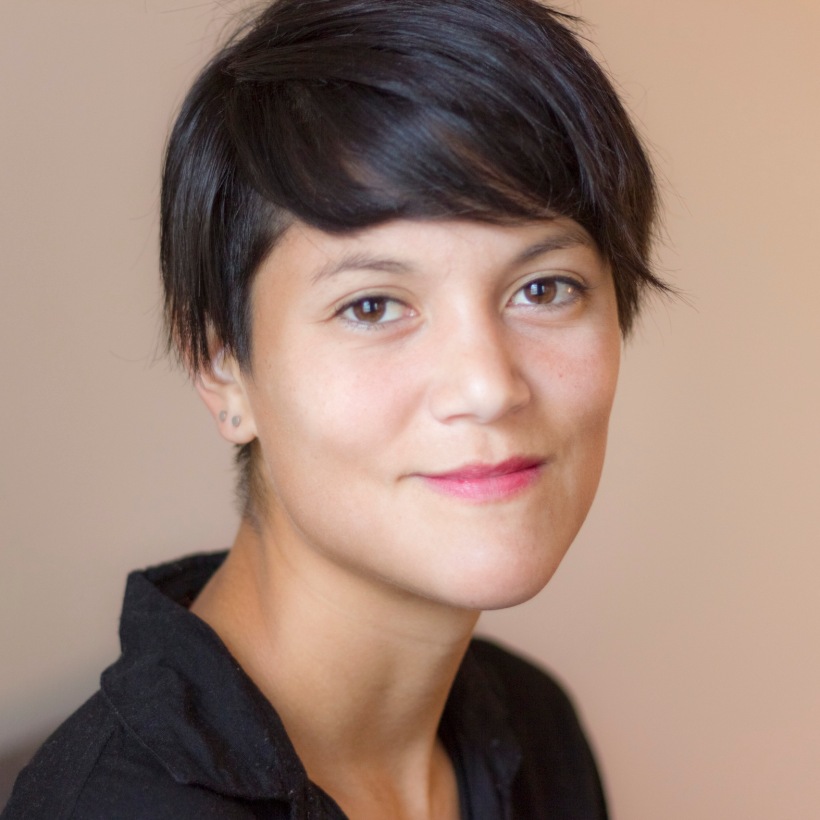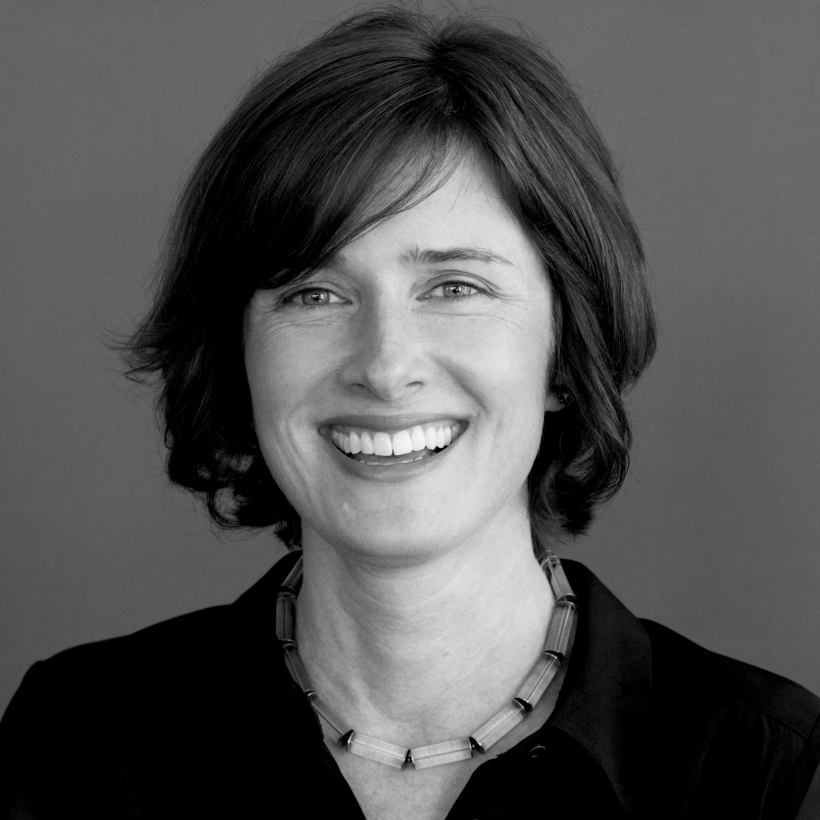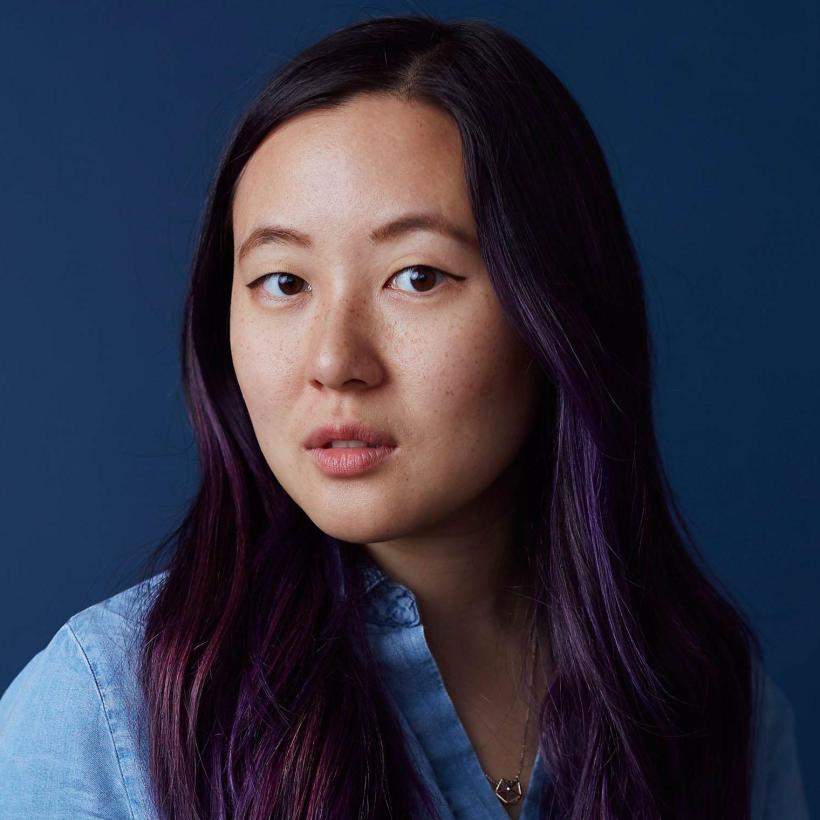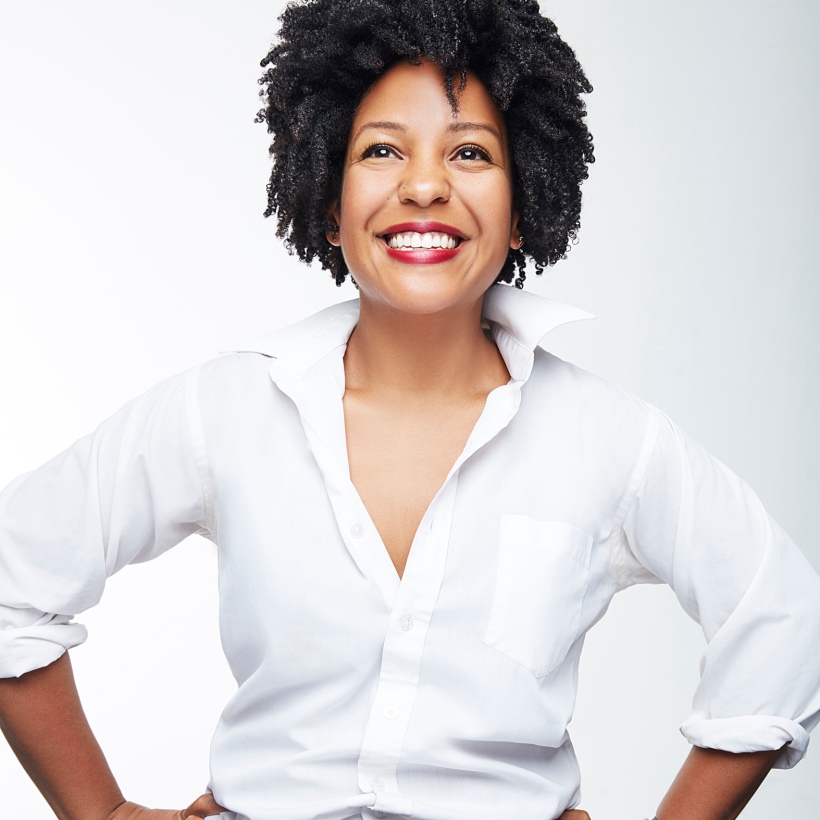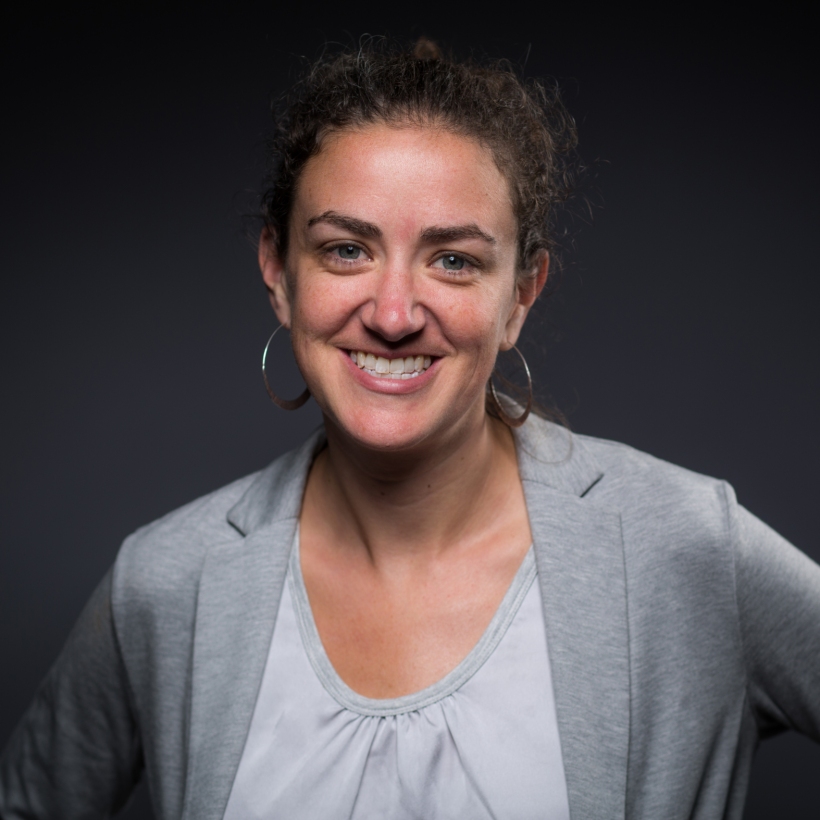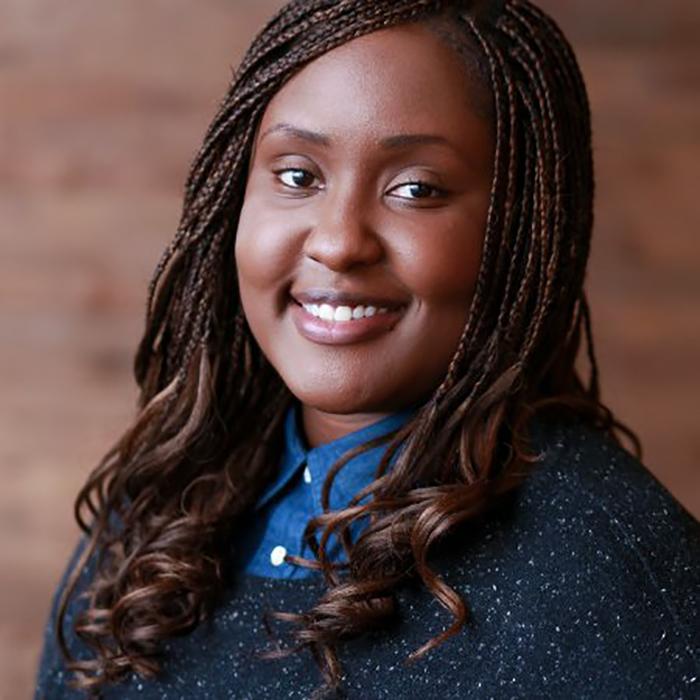Cate Huston talks about the silencing of women in history and in tech as well as a potential path past it.
Intro Section
History has many themes. One of them is that women should be quiet.
~Kathleen Hall Jamieson
Whenever it comes to talking about public speaking, one of the snippets that pops up is that people fear public speaking more than death. If you go into why – as my friend Lara Hogan did researching her book “Demystifying Public Speaking” – one thing you hear about, in a post-GamerGate world, is Harassment.
“Saying something that brings down the wrath of the internet-hate-mob.”
“Becoming a target for harassment.”
“[ Experiencing] backlash afterward. Doxxing or releasing personal information about me/ my family.”
When it comes to targeted and vicious harassment of high profile women, this is not a side effect, but a desired outcome. To not just silence the targets, but to make other women afraid to speak up, too.
There’s this “joke” about being a woman in tech. It goes like this. When you’re a woman in tech, you’re lucky, because you get two jobs. There’s your first – actual – job, for which you get paid around 71 cents on the dollar. Then you have a second job of being a woman, for which you get paid nothing.”
There are plenty of programs – a recent example is an advertisement from Microsoft – that will push this disparity onto women and minorities. We do this in the language we use to express this, too – under-represented, as in, did not show up. I prefer under-indexed, as in, was not found.
And part of the second, unpaid job, of being a woman, is this push to be a “role model”. But “role model” often comes with this shadow description – that of “cautionary tale”.
Not every visible under-indexed person ends up having to overhaul their entire life as the result of a vicious harassment campaign. But we all get told to be quiet.
Let’s talk about what that looks like.
3 Examples
Be quiet: you’re not qualified.
One of the things that has been said about me on the internet. Perhaps not the most insulting, but high on the list of comments I resent. I didn’t save it at the time, but more than two years later I can still quote it and that made it easy to find.
His comment is a bit bizarre – not least because he’s not linking to my CV but rather a blog post I wrote about studying for technical interviews.
But if we critique his substance, we miss his point. “You’re not qualified to have an opinion on this”. Perhaps he is begrudgingly making some kind of concession for me, I somehow qualified as “legit” software engineer, but in doing so he portrays that as an exception, negates valid critique, and diminishes anyone who makes it.
He said, be quiet. You’re not qualified.
Be quiet: you have no right to ask for that.
This was an interesting tweet to wake up to. Because this is a conference organizer, of an event I’d pulled out of (perhaps more accurately: been uninvited from) because of my unreasonable stance on codes of conduct.
Like, having to have a proper one.
I’m super unreasonable like that.
It wasn’t a big deal at the time when I pulled out, actually. I spent more time receiving his FEELINGS about Codes of Conduct – trust me, he had a lot of them – than I did dealing with fall out. Another woman also pulled out for the same reason, and I helped her find an alternative event to speak at. I got on with my life.
But the day of the event, he thought it was appropriate to use my name and associate it with his event, and to hide my very clear and explicit reason – no proper Code of Conduct – behind this mealy mouthed “various” that absolves him of responsibility. The other woman who had pulled out for the same reason as I did is also named. The other three – I don’t know.
This was my response. I was quite busy that day, so I had better things to do than get into it. Unfortunately, not everyone has a fulfilling life and engaging hobbies.
This time there was a lot more fallout, as people in the community debated it, talked about how he’s a “good guy” with “good intentions”. One person was moved to write a hit piece on me, so that was fun. My friends reassured me that it reflected more on the writer than me, some found it hilarious. But who knows what people who didn’t know me thought. Twitter became a weird and uncomfortable place, I actually deactivated my account for a few days.
I was super anxious – telling your colleagues that something like that is going on is never a fun thing to deal with. I’ve had to have that kind of conversation twice, now. I wouldn’t wish it on anyone.
All I’d wanted was a Code of Conduct, and him having refused to add one, not to be associated with his event – or him.
He said, be quiet. You shouldn’t ask for that.
Be quiet: you’re taking up too much space.
“Wow really? Didn’t she pitch her own app in the same talk last year?”
According to Geena Davis, if there’s 33 percent women in the room, the men perceive that as there being more women in the room than men. Dale Spender has found that if women talk 30% of the time, they’re perceived to dominate the conversation.
So if a woman gives two talks, a year apart, at the same event. How much overlap is required for it to be perceived as “the same talk”?
For context, one of these talks was a technical talk on UI testing in iOS. The other was a design talk about how sometimes the best user experience is no user experience at all. The app whose testing I dissected in depth in the technical talk, was one example (of 9) in the second.
My guess was that there was some overlap, but that it would be low. Less than 10%. As I write a detailed script for every talk I give, between that and text comparison software we can have an answer.
Apparently that answer is 1%. Or at most 1%. I ran these two scripts through text comparison software, and 1 said 0% and the other 1%. Now clearly I don’t stick exactly to the script – there are adlibs, stories, jokes. But substantially in the content, there is no similarity between these talks. If I submitted them as essays in university, they would have no chance of being flagged as plagiarism. But this guy thinks otherwise.
He said, be quiet. You’re taking up too much space.
“The talkativeness of women has been gauged in comparison not with men but with silence. Women have not been judged on the grounds of whether they talk more than men, but of whether they talk more than silent women.”
~Dale Spender
On Silencing
I picked these examples deliberately – to illustrate particular points, and because these are perhaps the more ridiculous instances, where it’s easier for me to tell this story, and be confident that you – the audience – will be on my side.
These were not the only times that people have been mean to me on the internet because I was too visible. They almost certainly won’t be the last.
Part of my unpaid second job as a woman in tech, of being a “role model”, is shrugging these things off and continuing anyway. This is not always easy, even as a more experienced speaker, lucky and privileged enough to work with supportive people.
A while ago, before those things were true, I gave a talk about being a software engineer at a school, and one of the – male, teenage – students tweeted insulting things about me, and then ensured that I saw them. I was a teenage girl once, so my expectations for teenage boys were suitably low, but his teacher didn’t appear to take it seriously. I dropped out of that outreach program, and deciding not to give talks at all for awhile.
Some two years later I finally revisited that decision, worked with a speaker coach, and got on stage again. This year I will host a conference, keynote another, and give at least two more talks. I’ll speak in four different countries, on three continents. I’ve come a long way.
My friend Chiu-Ki helped me a lot as I got started speaking again, and together we started this newsletter about public speaking in tech – it’s called Technically Speaking. 121 issues later, we reach well over three thousand subscribers every week, and make – and give away – thousands of dollars each year.
You have something to say: and we want to hear it.
When we started, we decided that we would have “secret” feminist agenda. We would only consider including events that have Codes of Conduct, we would heavily weight the availability of travel support, and that we would include at least fifty percent content from women, and actively look to include content from other under-indexed folk.
We say: you have something to say, and we want to hear it.
You have something to say: you shouldn’t be afraid to ask.
Over time our stance on Codes of Conduct, including my personal adherence to it and what followed as a result, have made the secret feminist agenda less secret. As has our position that if an issue isn’t sponsored, we go on strike. Because even though we give away most of the money we make, we still believe that our work has value. It turns out, some people find that a radical – too radical – stance.
We say: you have something to say, and it’s okay to ask for what you want.
You have something to say: this is your space.
One of the things that we noticed early on, is that men would say “I love your newsletter”, and women would say “I love your newsletter for women”. We create content for everyone, but we know that women are fully fifty percent of the population and operate accordingly. It made us a little sad to notice that sometimes when women find content that doesn’t alienate them, content that considers them first class consumers of it, they think it’s for women. And not for everyone, which by the way includes women.
We say: you have something to say, and there is space for you.
The Industry We Wish We Saw
With Technically Speaking, we curate a newsletter. But we also curate a vision of the tech industry that we wish we saw. Where women make up at least half, where people of color, trans and non-binary are well represented, too. Something that reflects the vast diversity of humans – what we look like, and who we are.
Which sometimes seems like a far off dream. But we hear from conference organizers that inclusion in our newsletter improves the diversity of respondents to their CfPs – and speakers. So it’s clear that our focus on this has been paying off.
So I leave you with the question – if you designed an experience around the industry you wish you saw, what would you do differently?
And I challenge you to see what impact that might have.


